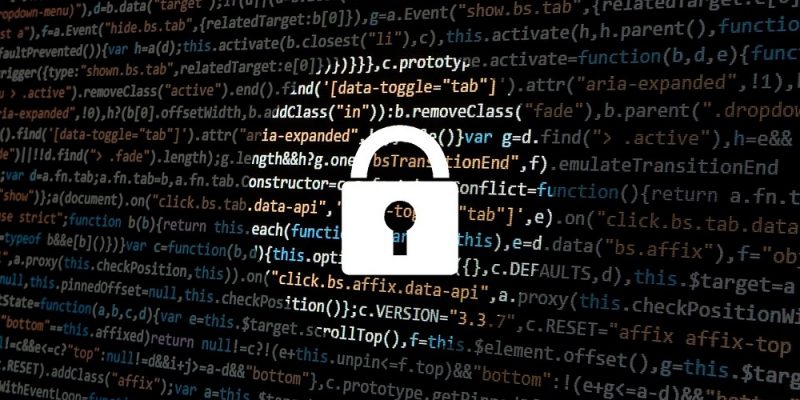 In 2020, IoT Security Must Be Part of Your Threat Management Strategy
In 2020, IoT Security Must Be Part of Your Threat Management Strategy
Internet-enabled devices are emerging more and more in business and personal environments. Often going unnoticed, they simply appear within network infrastructures, using wired or wireless connections and expanding the enterprise attack surface. In fact, enterprises nowadays likely have more internet of things (IoT) devices on their networks than traditional endpoints — according to Armis, by…







